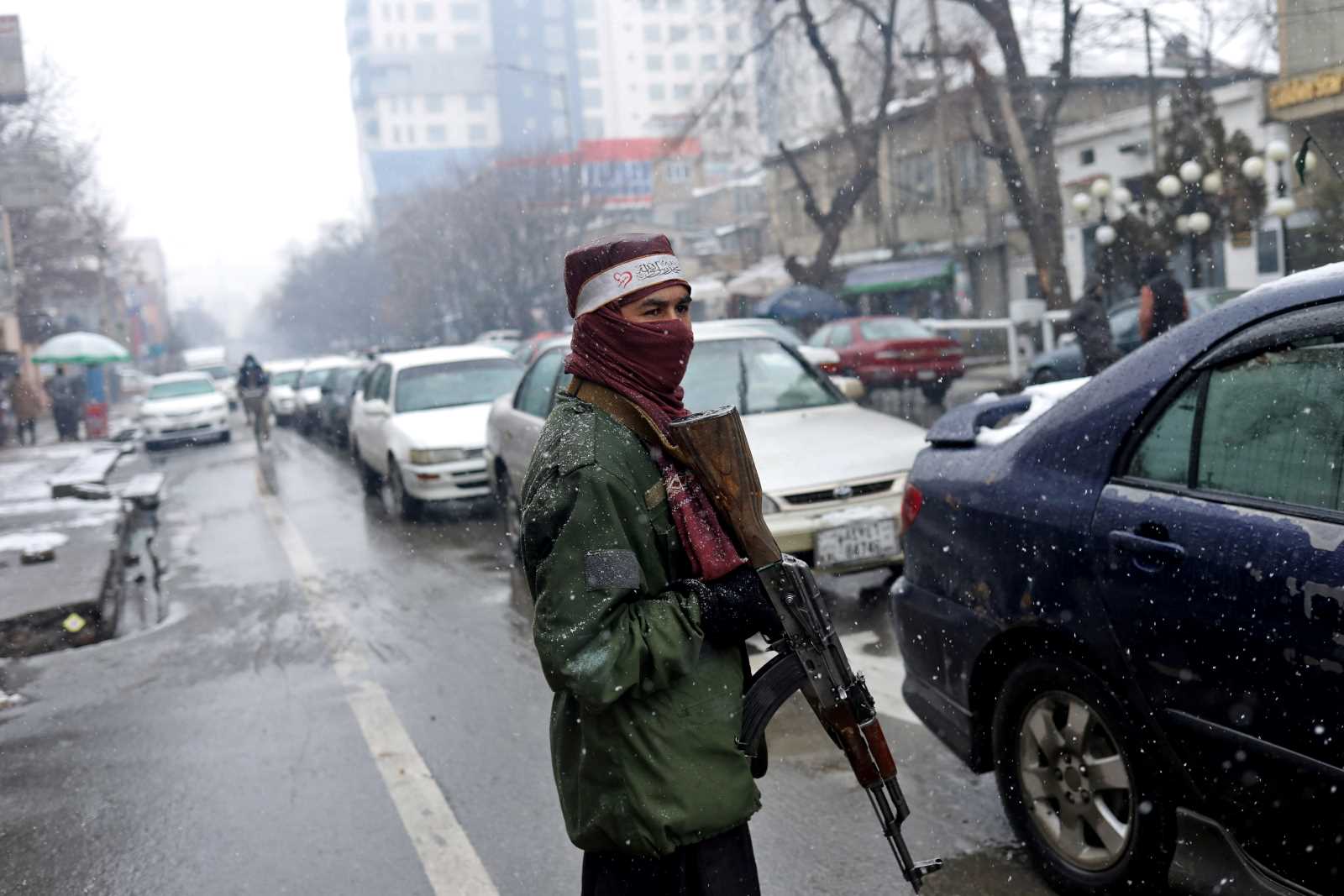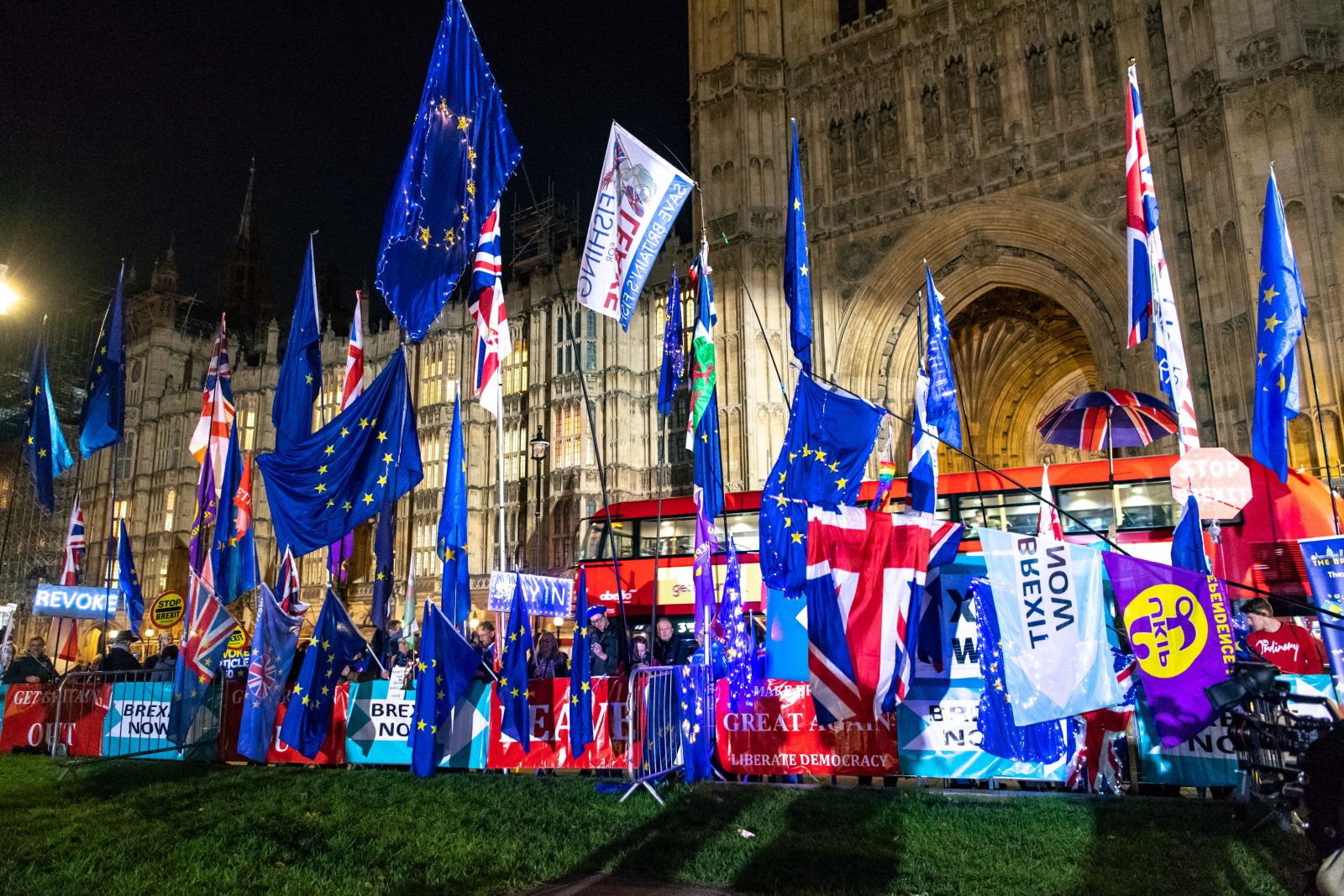Trade
Opportunities to be grasped

For many sub-Saharan governments, foreign trade is one of the most important sources of revenue, according to SWP economist Evita Schmieg, and its relevance is growing. In the years 2000 to 2013, sub-Saharan exports increased from $ 113 billion to $ 484 billion. A downside is that 70 % of the exports are commodities, and manufactured goods still only account for eight per cent. The scholar emphasises that this ratio means that only little value is added in Africa.
She states that the international community has often agreed to promote the diversification of the poorest countries’ exports and their integration into the world economy. Preferential trade rules were supposed to serve this purpose. In this context, Schmieg appreciates two EU initiatives:
- The Cotonou Agreement made 97 % of imports from countries in Africa, Caribbean and Pacific (ACP) tariff free.
- The Everything-but-Arms initiative allowed least-developed countries to export non-military goods to the EU free of tariffs and quotas.
- The World Trade Organisation (WTO) has a long history of trying to better involve developing countries in world trade. The Doha Round of negotiations was started in 2001. One of its goals is to make 97 % of exports from the poorest countries to advanced nations and emerging markets tariff and quota free. The Doha Round has still not been completed, however, and Schmieg argues that WTO members lack the will to do so.
Currently, the USA and the EU are negotiating the Transatlantic Trade and Investment Partnership (TTIP). Once concluded, it will have an impact on developing countries. The SWP author warns that a bilateral reduction of tariffs may hurt third countries, as their products may be crowded out from the US and EU markets.
The economist has assessed the Economic Partnership Agreements (EPAs) the EU concluded with three regional organisations of African countries last year: the Economic Community of West African States (ECOWAS), the Southern African Development Community (SADC) and the East African Community (EAC). The EPAs demand that trade be liberalised in a mutual, but asymmetric way, with African markets only being fully opened after transition periods. Basing her judgment on the experience gathered with a previous EPA the EU concluded with Caribbean countries, Schmieg predicts that the three new EPAs will not stimulate trade dramatically.
The scholar also discusses issues that restrict intra-African trade. Financial bottlenecks and lack of infrastructure matter, for instance. Moreover, some countries are more interested in trade than others, because some fear they will lose out in competition with economically stronger partners. Schmieg notes that some African countries demand higher tariffs when goods are imported from Africa than when they are imported from other continents, and that regional organisations, while promoting trade among their members, tend to shield themselves off against other African countries.
Schmieg makes several proposals to reduce trade barriers:
- TTIP should include clauses to maximise the benefits for third countries while minimising the downsides.
- The USA should follow the EU example of granting the least-developed countries tariff-free market access.
- The EPAs should be implemented in a development friendly manner, reducing poverty and safeguarding sustainability.
- African integration should move forward.
Sabine Balk
Link:
Schmieg, E: Handelspolitische Optionen für Subsahara-Afrika. Zwischen TTIP, EPAs, WTO und afrikanischer Integration (in German):
http://www.swp-berlin.org/fileadmin/contents/products/aktuell/2015A35_scm.pdf












